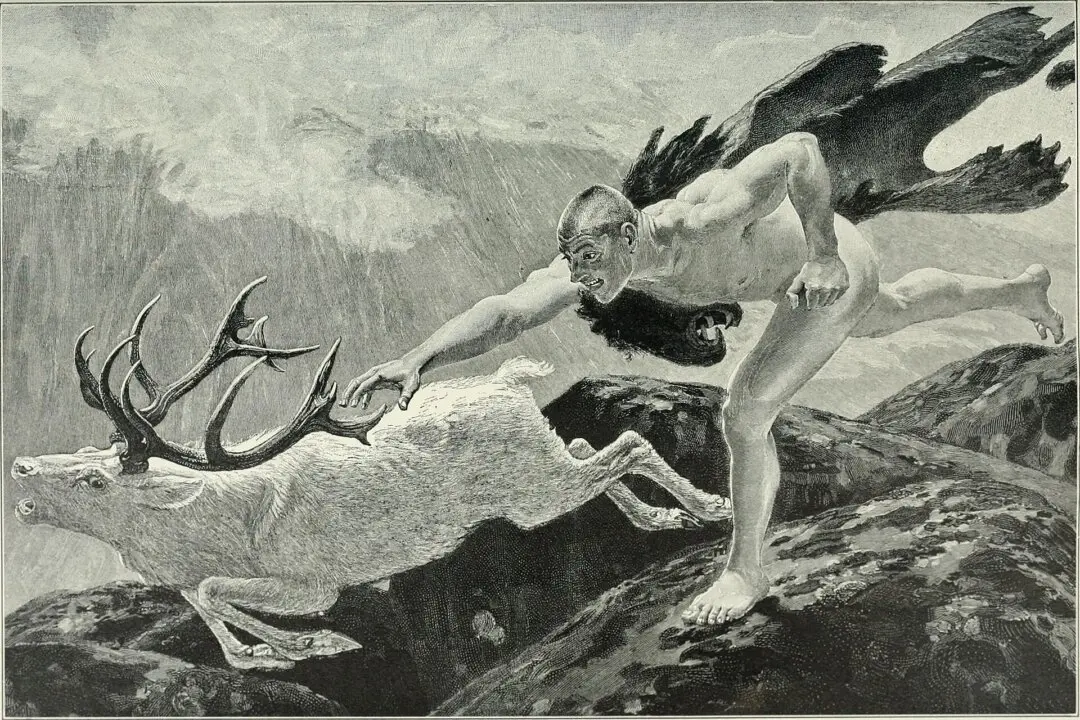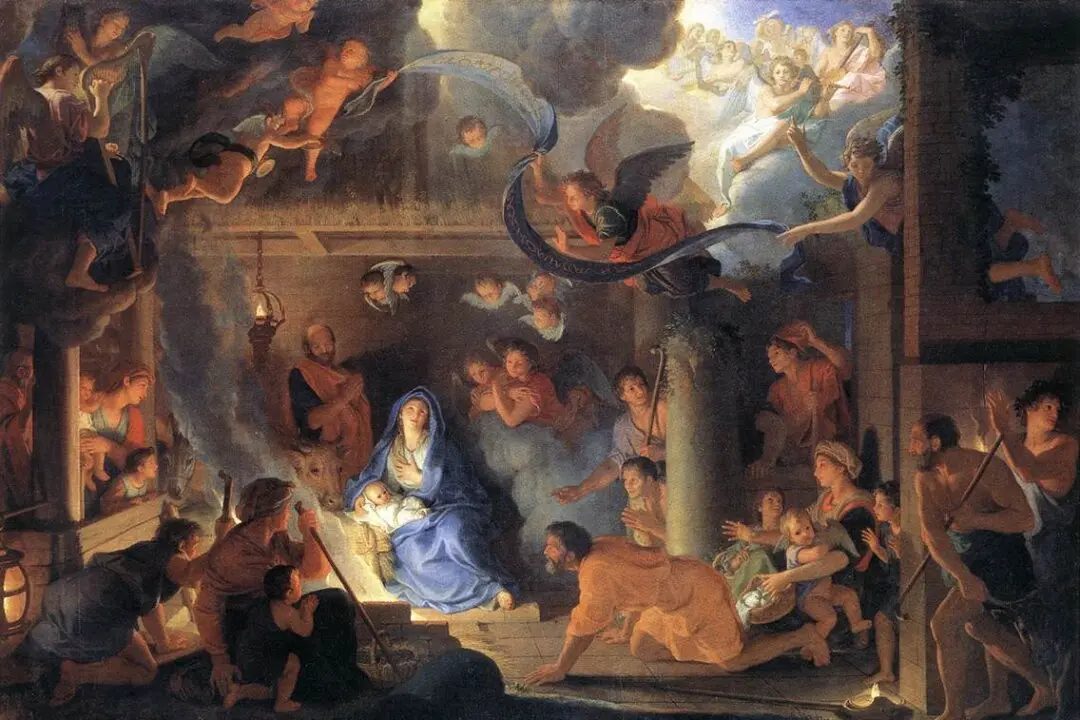In our increasingly materially focused world, a world in which image is king over content, it is worth bearing in mind that sometimes the invisible aspects of life, the worlds that lie beneath what we see with the naked human eye, are of far greater import.
There is a wonderful story from the Book of the Hebrews (11:27) where it says of Moses in a flash of inspired insight: “By faith he left Egypt, not fearing the wrath of the king; for he endured, as seeing Him who is unseen.”






